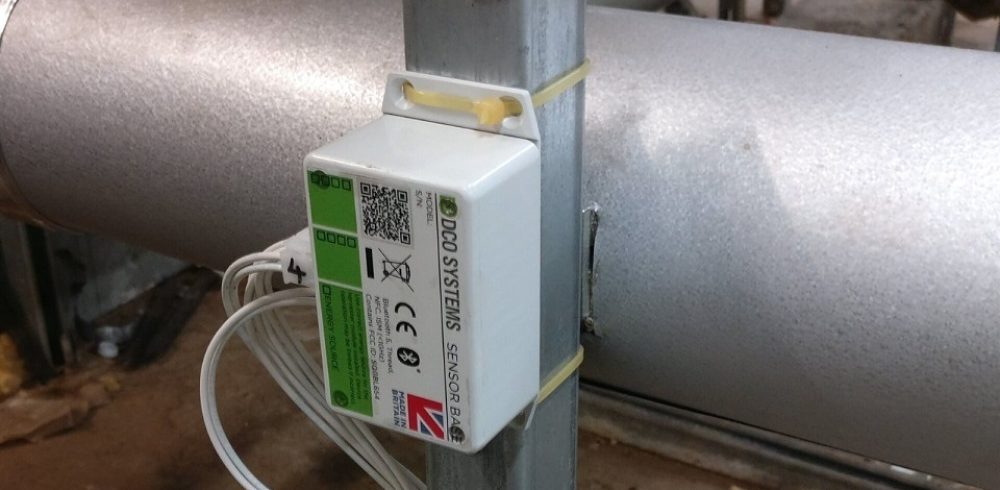Do you have steam traps in your infrastructure? They are vital for efficient and safe operation but susceptible to problems. DCO Systems have identified three challenges that engineers face and how their steam trap monitor is overcoming and eliminating them.
Eliminate tedious manual testing with automation
Manual testing is not only time-consuming, but it can also pose a safety hazard for personnel. Since many of the traps installed are found in difficult and inaccessible locations a low maintenance solution is important. DCO achieves this by offering a solution that eliminates the requirements for power cabling installation and for regular battery maintenance. Each installed monitoring unit has a power harvesting module included that provides a local source of energy derived from high temperature pipework (condensate or steam). The steam trap monitor is easily retrofitted to the adjacent pipework and collects performance data round the clock in a targeted resource-efficient manner.
Diagnose problems persistently & accurately
Sensing probes enable the steam and condensate sides of the trap to be monitored. Automation of existing monitoring techniques allows trap status to be diagnosed through a combination of temperature and ultrasound analysis. Temperature analysis on its own, when readings are frequent and automated, can be used to diagnose many operational conditions, such as “cold traps”, but the combination of temperature and ultrasound introduces maximum certainty and reliability to automated diagnosis. Furthermore, persistent monitoring of the trap builds a picture of the real-world performance of the device that is much more complete than is possible with point-in-time checks done manually.
Pinpoint failed traps simply & efficiently
Failed closed (“cold”) traps are more easily missed in manual monitoring due to the long intervals between measurement and the possibility that assessment may not align with the operational period of the trap. Drip leg traps are particularly prone to be being missed for such checks as they are often smaller and often hidden away or harder to access than larger process equipment traps. An installed DCO steam trap monitor can pinpoint problems and recognise changes in temperature profile over time to allow the scheduling of preventative maintenance. As a result, remedial action can be taken before a trap fails completely. This approach is simple, efficient, and can be applied to any type of trap.
____
For more information: DCO Systems’ self-contained steam trap monitor is automatic, persistent and simple. To book a free demo, go to DCO Systems or email: info@dcosystems.co.uk.
Manufacturing & Engineering Magazine | The Home of Manufacturing Industry News














